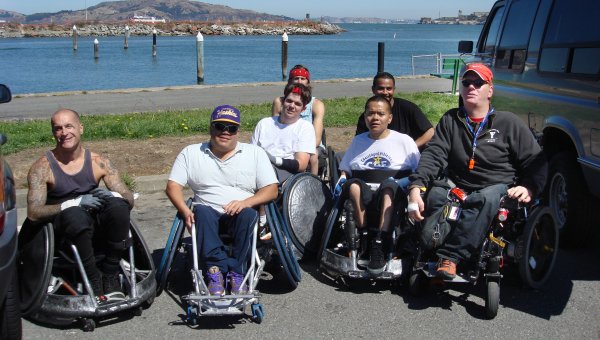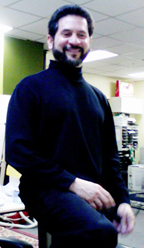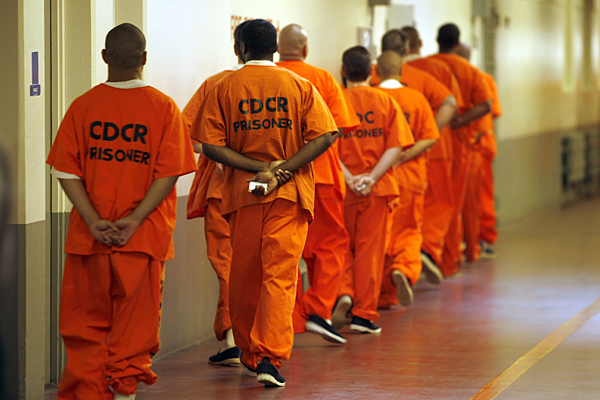One year after Mexican President Peña Nieto began speaking out and criticizing the global drug policy, Mexico has now legalized marijuana for medicinal purposes
by Rachel Blevins
The Free Thought Project
As a growing number of individual states in the U.S. stand up to the federal government on marijuana prohibition, Mexico legalized medical marijuana nationwide on Monday, June 19.
Mexican President Enrique Peña Nieto issued a decree, following the bill’s overwhelming approval from Mexico’s Senate in December, with a vote of 98-7, and from Mexico’s Lower House of Congress in April, with a vote of 374-7 vote.
“The ruling eliminates the prohibition and criminalization of acts related to the medicinal use of marijuana and its scientific research, and those relating to the production and distribution of the plant for these purposes.”
The decree stated that the nation’s Ministry of Health would be in charge of “public policies regulating the medicinal use of pharmacological derivatives of cannabis sativa, indica and Americana or marijuana, including tetrahydrocannabinol, its isomers and stereochemical variants, as well as how to regulate the research and national production of them.”
The measure was also applauded by Mexico’s Secretary of Health, Dr. José Narro Robles. “I welcome the approval of the therapeutic use of cannabis in Mexico,” he wrote on Twitter.
While Peña Nieto was once a staunch opponent of marijuana legalization, he appears to have changed his tune, following a nationwide public debate on legalization in early 2016. He is now encouraging the U.S. to follow Mexico’s lead.
During a speech at the 2016 United Nations General Assembly Special Sessions, Peña Nieto called for a change in global drug policy, and said he believes drug use should be viewed as a “public health problem,” and users should not face criminal charges.
“So far, the solutions [to control drugs and crime] implemented by the international community have been frankly insufficient,” Peña Nieto said. “We must move beyond prohibition to effective prevention.”
Peña Nieto introduced a measure in April 2016 that would have decriminalized the possession of up to one ounce of cannabis. It would have also freed anyone who was on trial, or serving time for possession of up to one ounce of marijuana. The bill was stalled in Congress.
“We Mexicans know all too well the range and the defects of prohibitionist and punitive policies, and of the so-called war on drugs that has prevailed for 40 years. Our country has suffered, as few have, the ill effects of organized crime tied to drug trafficking. Fortunately, a new consensus is gradually emerging worldwide in favor of reforming drug policies. A growing number of countries are strenuously combating criminals, but instead of criminalizing consumers, they offer them alternatives and opportunities.”
As The Free Thought Project reported, Grace Elizalde, an 8-year-old girl with epilepsy, became Mexico’s first legally recognized medical marijuana patient in September 2015. Her family said they sought out the treatment, after their daughter began suffering from up to 400 seizures in a single day.
Mexico’s decision to legalize marijuana for medicinal purposes, accompanied with Peña Nieto’s newfound support for a change in global drug policy, serve as a reminder that after nearly 50 years of battling a failed “War on Drugs,” the U.S. federal government is still refusing to acknowledge the real answer to the problem.








